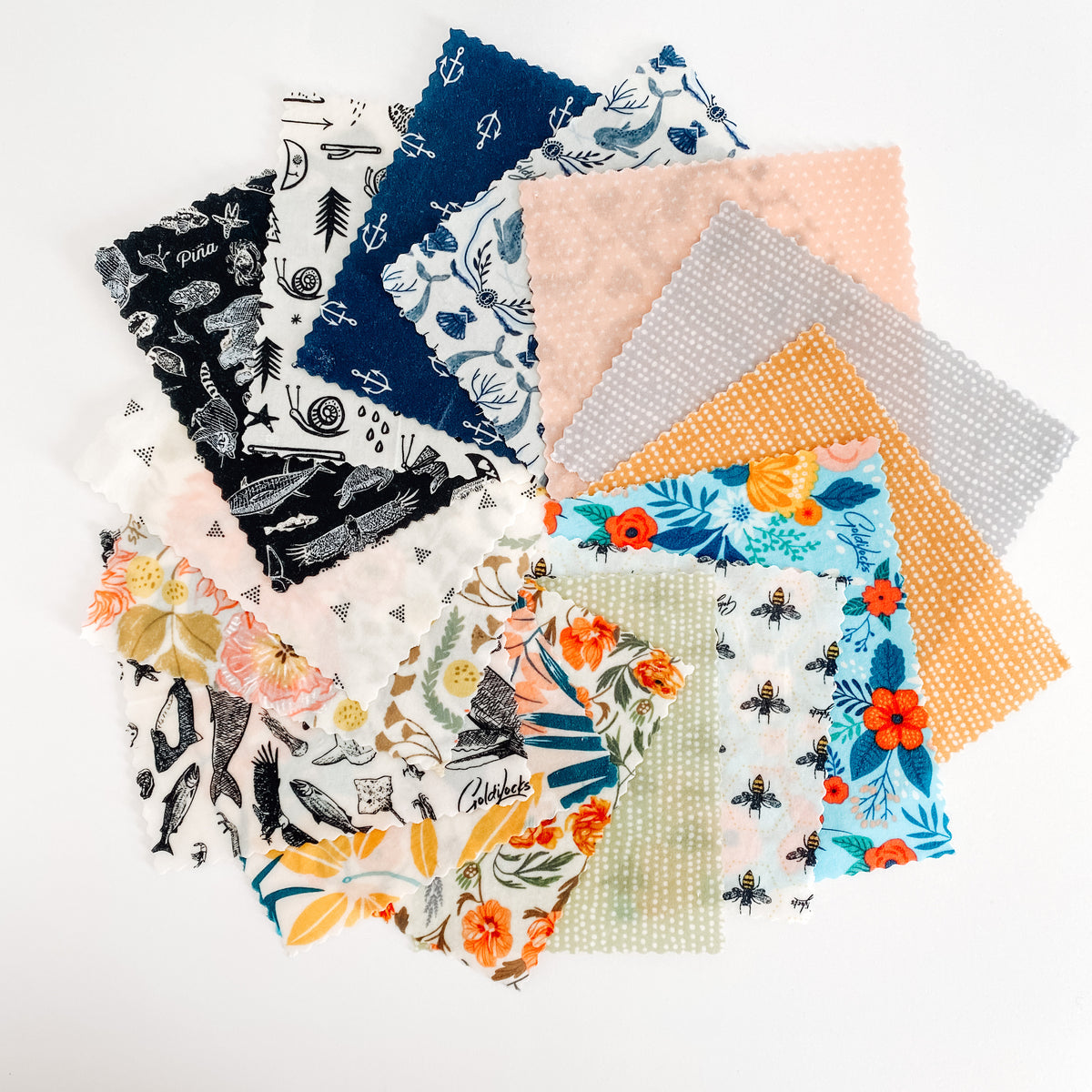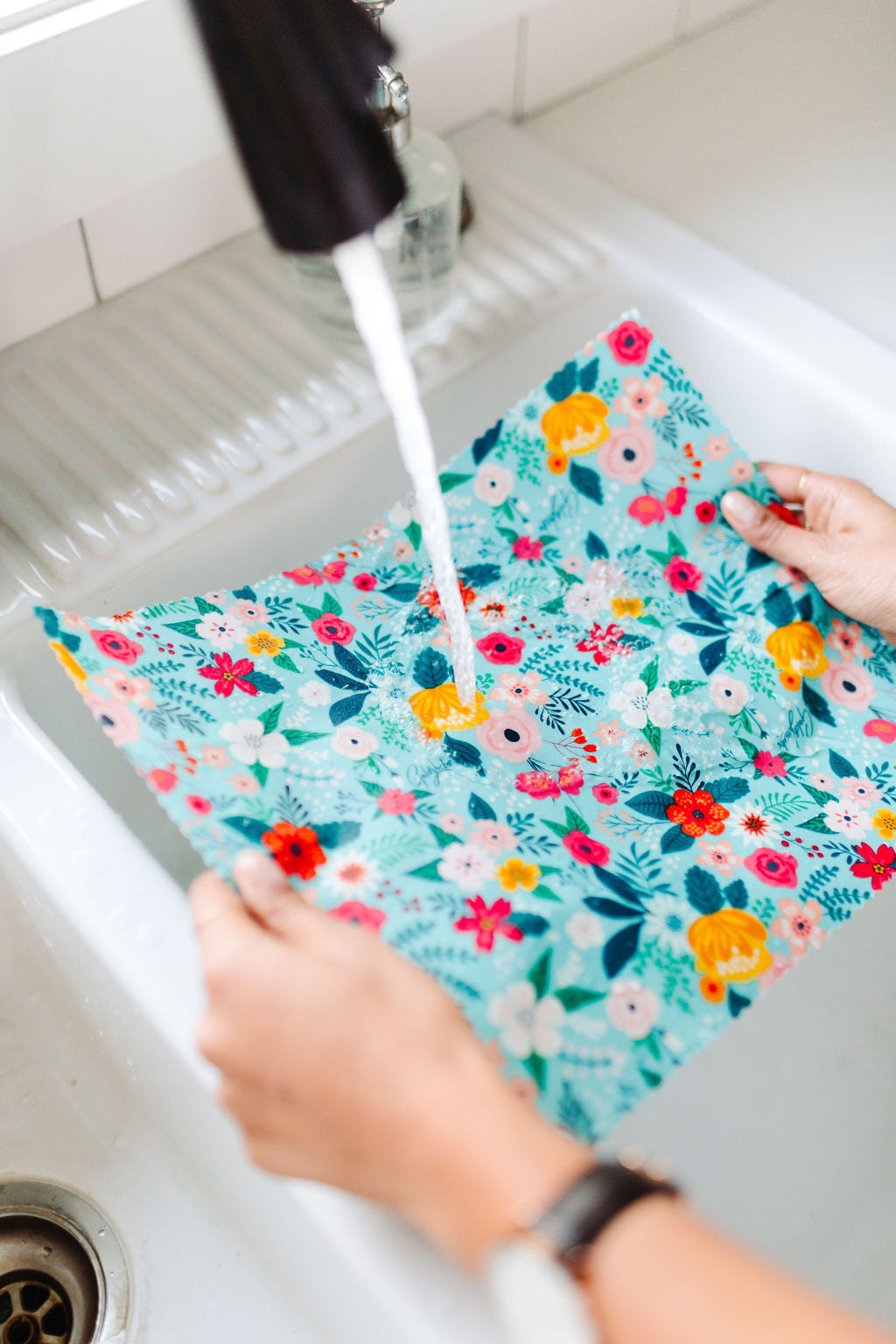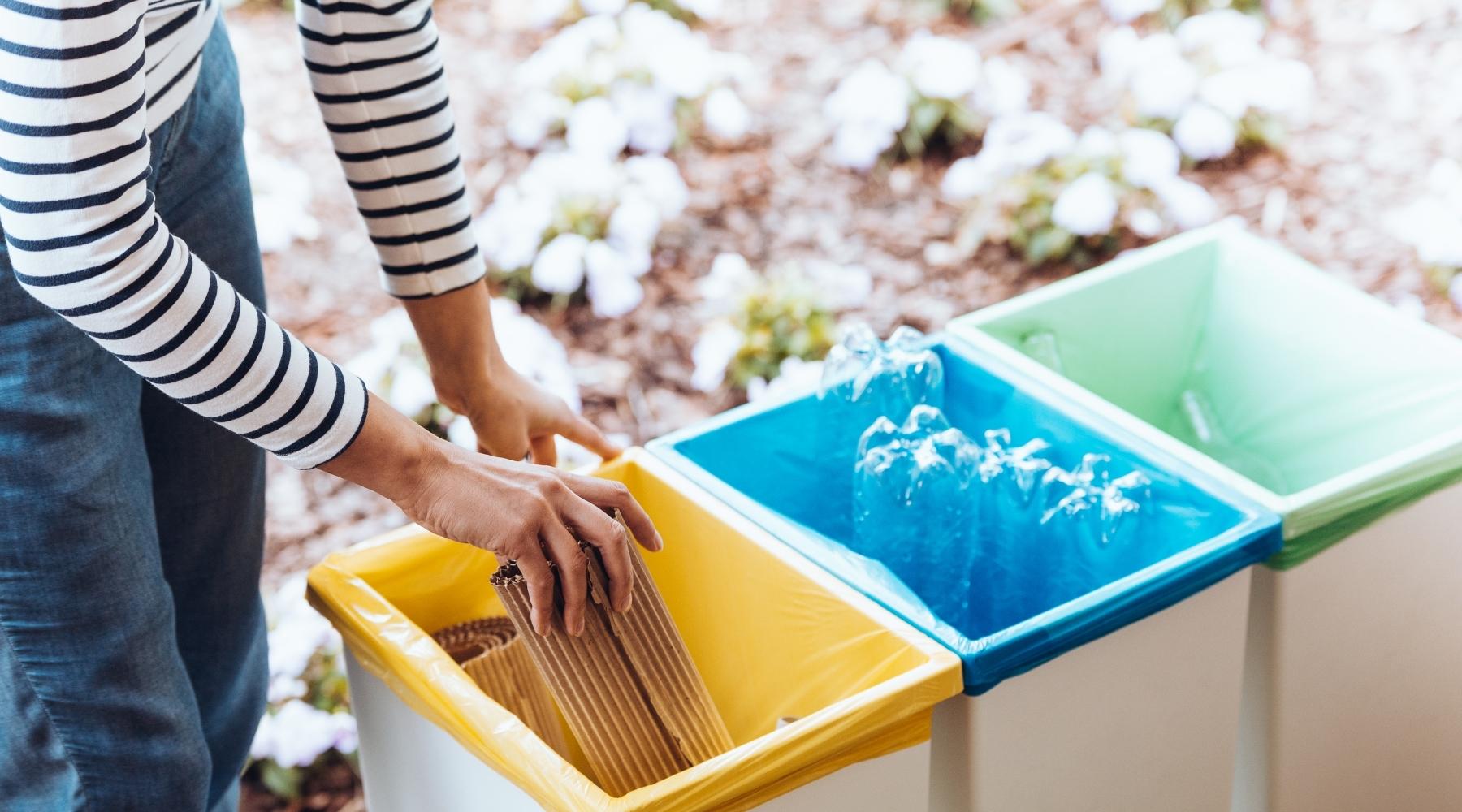
Textile Waste in Manufacturing
Textile waste is the material that is discarded throughout the production process. This waste can be produced throughout each stage of product development, from spinning, weaving, dyeing, finishing, and even after it’s made. This waste can be accidental or intentionally created for the purpose of efficiency.
While incredibly common, textile waste is a huge problem in the manufacturing industry as it has numerous environmental impacts. To produce an item, there are significant amounts of chemicals, water, energy and other limited natural resources consumed. In North America it is estimated that 10 million tonnes of clothing textile waste is sent to the landfill annually. When textile waste is produced, not only is the item itself thrown away, but the energy and resources used to produce the product are also going to waste, along with potentially toxic chemicals. Most often, these items take an incredibly long period of time to decompose. When an item is decomposing, it often leaches toxic chemicals and dyes into the soil and nearby water sources. This is often seen in particular with items from the fast fashion industry. When a toxic chemical is introduced into an ecosystem, it can be detrimental to biological processes and the food chain.
So, how can textile waste be minimized? By using local materials and human-centred production processes, manufacturers are able to reduce their textile waste. When shopping locally, the energy used to transport materials is also greatly reduced. When materials reach the end of their lifecycle, after being reduced, reused, and recycled, it is crucial that the dyes used in the fabrication process are non-toxic so that the textiles can be responsibly disposed of.
Brands Working to Reduce Textile Waste
With environmental impact at the forefront, more and more brands are disrupting the status quo and taking a circular approach to manufacturing. Here are a few change makers in the textile industry.
Anian is a Canadian company that creates timeless clothing made with entirely recycled natural fibres from landfills. Their aim is to fill your closet with high quality pieces designed to last a lifetime.
Here at Goldilocks we do everything we can to eliminate our textile waste. When cutting our cotton fabric for beeswax wraps, there are inevitable off-cuts. These go one of two places. The first is into our fire starter kits! The small strips of fabric are coated in beeswax and turned into slow burning fire starters. Turning old beeswax wraps into fire starters is also a great way to responsibly dispose of your beeswax wraps at the end of their lifecycle.

The second way we use these off-cuts is by making extra small wraps for our Itty Bitty Bundle. This size of wrap is great for covering small surfaces like the ends of cucumbers or lemon halves.

While we try our best to create as little waste as possible, we are not immune to human error. Most recently, our fabric supplier made a mistake and packaged our fabric too soon after printing. This caused the design to bleed and transfer, resulting in an “imperfect” textile product. However, this was simply a cosmetic flaw, so instead of this fabric going to waste, we took the opportunity to educate our community on waste in manufacturing. Since the flaw did not effect the quality or integrity of the beeswax wraps, we offer it online at a 25% discount.

We are very cautious of the dyes we use and a lot of work has gone into ensuring minimal environmental impact by using food safe dyes. Our fabric is made using reactive inks, which are made per standards of GOTS. Additionally, all inks and dyes used are certified as per standards of “Eco Passport” by OEKO-TEX. Furthermore, all colours are certified eco-friendly and sustainable colourants. This means that your beeswax wraps can be safely returned to the earth at the end of their lifecycle through composting.
Sources:
Brown, R. (n.d.). The environmental crisis caused by textile waste. RoadRunner Recycling. Retrieved February 4, 2022, from https://www.roadrunnerwm.com/blog/textile-waste-environmental-crisis
EDGE Fashion Intelligence. (2022, January 28). Fashion Industry Environmental, waste, and Recycle Statistics. Fashion Industry Environmental, Waste, and Recycle Statistics. Retrieved February 4, 2022, from https://edgexpo.com/fashion-industry-waste-statistics/
Fashion Industry Waste Statistics & Facts 2022. Woolly Green. (2022, February 1). Retrieved February 4, 2022, from https://woollygreen.com/fashion-industry-waste-statistics/
The monster in our closet: Fast fashion & textile waste on the rise. Center for EcoTechnology. (2021, July 19). Retrieved February 4, 2022, from https://www.centerforecotechnology.org/fast-fashion-textile-waste/
Shirvanimoghaddam, K., Motamed, B., Ramakrishna, S., & Naebe, M. (2020, February 14). Death by waste: Fashion and textile circular economy case. Science of The Total Environment. Retrieved February 4, 2022, from https://www.sciencedirect.com/science/article/abs/pii/S0048969720308275?casa_token=jyxD35wkpicAAAAA%3Ae5ywaXMNWf5UQpgOH8vEDDMCQBi-_CD0piHst5tXJe98ZUh1bwlXC1mh36l5vNrZIA1BLcmOXLg
United States Environmental Protection Agency. (n.d.). Textiles: Material-Specific Data. EPA. Retrieved February 4, 2022, from https://www.epa.gov/facts-and-figures-about-materials-waste-and-recycling/textiles-material-specific-data


